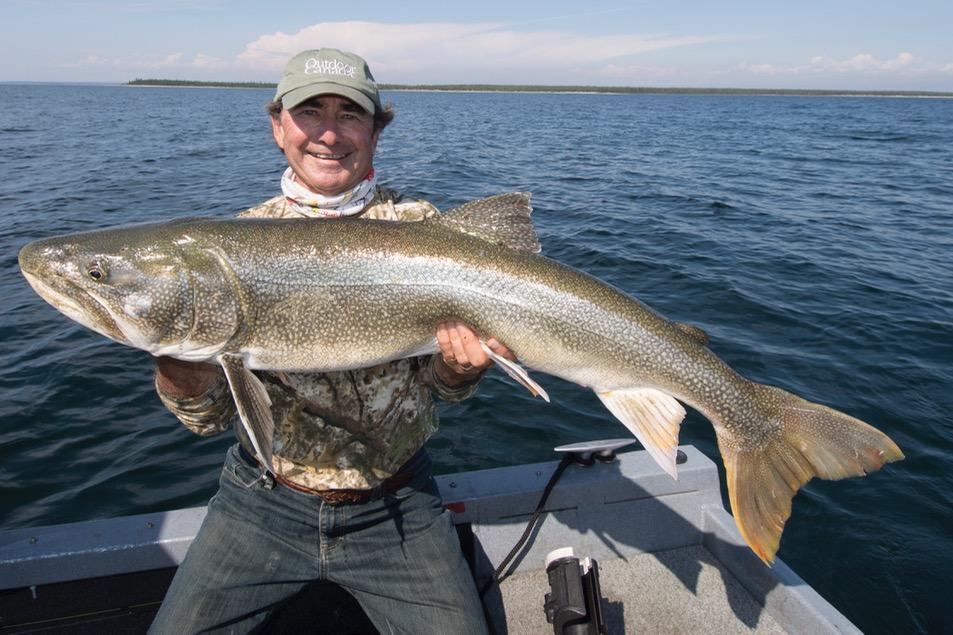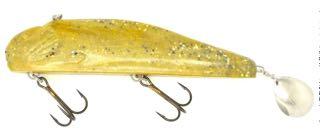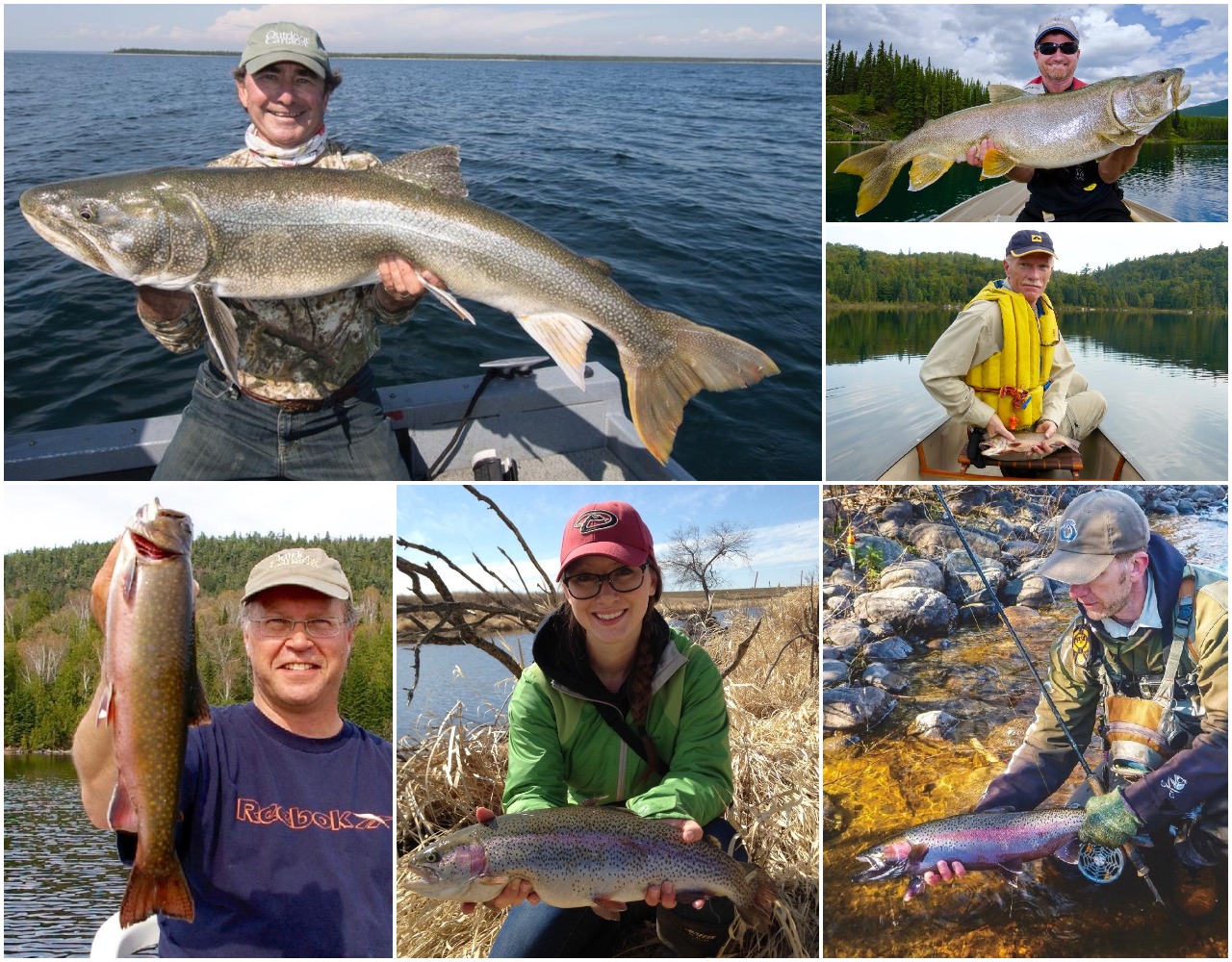TOP TROUT TAKES
Expert fishing secrets for catching more (and bigger!) early-season brookies, lakers and rainbows
Advertisement

LAKE TROUT
Expert: Gord Pyzer
Secret: Trolling Big Jigs
In three days of fishing the Saskatchewan portion of Lake Athabasca a few years back, eight of us caught so many massive lakers that we didn’t keep track of the fish under 30 pounds. In the process, we also demolished the long-standing lodge record with a 54-pound behemoth—and we did it all by snap-jigging Bondy Baits trolled behind banana weights. It’s simply the deadliest trolling presentation for lake trout I have ever seen.
When the fish are in shallow water and more modest in size, I prefer to use a Bondy Bait Jr. paired with a two- to four-ounce weight. When the trout are bigger and in deeper water, however, I use a Magnum Bondy and an eight- to 12-ounce weight. In between these extremes, I rely on the original Bondy Bait (below) and a four- to eight-ounce weight.
Advertisement

The secret is to present the lures with a 7½- to eight-foot, heavy- or medium-heavy-action trolling rod and large-capacity level-wind reel spooled with thin, 50- to 65-pound-test braid. Attach your main line to the banana weight, followed by a three- to four-foot-long leader of 40- to 80-pound-test fluorocarbon. At the end, tie on a snap to attach your Bondy Bait.
Start trolling at 1.8 to 2.1 miles per hour as you let down your lure. Once the lure’s swimming a foot or two above the bottom, turn the reel handle a couple of times to elevate it slightly. Then pump your rod up, pause briefly, and let the lure tumble back to the bottom. Keep doing this at a leisurely pace until you feel a lake trout try to rip the rod from your hands.
On most days, it’s also important to select the right bait colour. When I suspect the trout are feeding on suckers, for example, I pick a dark-coloured Bondy Bait and work it a little more methodically. If I think the lakers are feeding on whitefish, ciscoes or smaller trout, on the other hand, I pick my favourite pearl-coloured Bondy and present it more aggressively.
Advertisement

